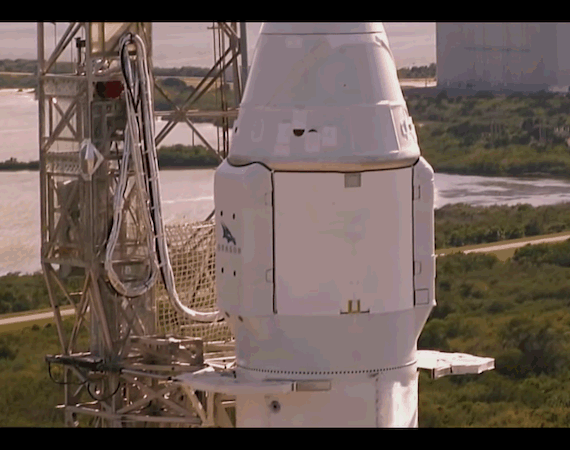Because it is.
It is a very tall structure, first stage alone is 140 feet, plus second stage, plus fairing. It is considered at the limit of how tall and thin they can make it. Wikipedia says the total height is 230 ft (70m). That is very tall, and 12 feet wide is quite thin.
The only connection holding it down, is via the Octoweb clamped to the launch mount at the bottom.
It is windy, as you can see from the LOX venting and how it is blowing away. The clamp on the upper stage has retracted in the snippet above, so this is normal swaying of a long structure. Just like buildings also sway in the wind, considering they are only attached at the ground level.
